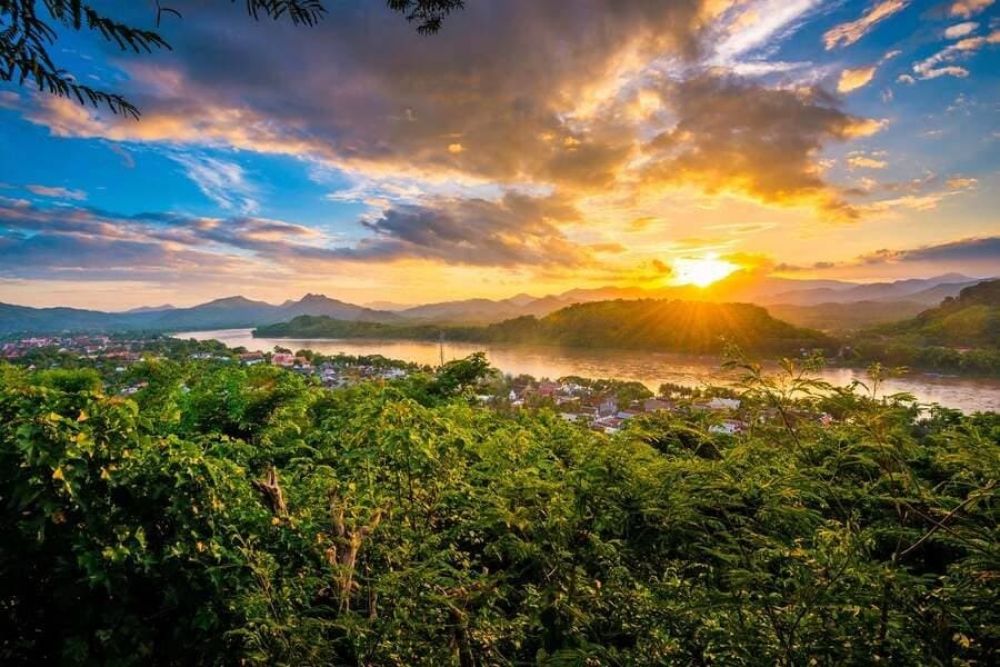

Located in the heart of Luang Prabang, the former capital of Laos and a UNESCO World Heritage Site, Mount Phousi stands as a prominent landmark. This sacred hill is not only a spiritual center for the local people but also a must-visit attraction for tourists from around the globe. With its panoramic views of the city and the Mekong River, it is a place where natural beauty and cultural significance converge.
The history of tourism at Mount Phousi is intertwined with the history of Luang Prabang itself. As a city that rose to prominence as the royal capital and seat of government of the Kingdom of Laos, Luang Prabang has been a destination for cultural and religious pilgrimage for centuries. The summit of Mount Phousi is graced by the gilded That Chomsi stupa, which was erected in 1804 during the reign of King Anourouth and is now a beacon for both devout pilgrims and curious travelers.
In recent times, as Laos opened its doors to international tourists, Mount Phousi became more accessible. Two main stairways, one on the front side and another from the back, provide easy access to the summit. Tourists can enjoy a moderate climb of more than 300 steps, which is rewarded with stunning sunrise or sunset vistas. Besides the main stupa, visitors can explore several small temples and shrines, such as the Wat Pa Huak at the base and Wat Tham Phou Si midway to the summit.
With the recognition of Luang Prang as a UNESCO World Heritage Site in 1995, tourism to Mount Phousi and the surrounding region has steadily grown. Initiatives by the Laotian government and international agencies have helped to develop infrastructure, promote sustainable tourism, and preserve the cultural and natural heritage. Tourists are now provided with more options for accommodation, ranging from guesthouses to luxury hotels, enhancing their travel experience.
In response to global trends, Luang Prabang, and by extension, Mount Phousi, are experiencing a surge in responsible and eco-friendly tourism practices. This includes support for local communities, preservation of wildlife, and respect for cultural landmarks. Visitors engage more with local guides, participate in traditional ceremonies, and contribute to the conservation of sites.
Furthermore, experiential and adventure tourism has also found its way into the landscape of Mount Phousi's tourism scene. Tourists often combine their visit to the mountain with activities such as trekking, river cruises, and cultural tours that deepen their understanding and appreciation of Laotian culture.
Mount Phousi remains an enchanting and spiritual highlight for any traveler to Luang Prabang. The hill's heritage, breathtaking views, and serene atmosphere continue to captivate visitors, making it a timeless attraction in Laos. As tourism evolves, efforts to balance growth with sustainability are paramount to ensure that Mount Phousi remains a cherished destination for generations to come.